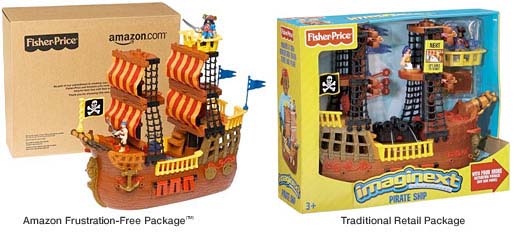 A lot of musician interviews wind up with a pulling-teeth vibe where you can sense the artist would rather just let the music do the talking. “Dion Pays Homage To Guitar-Rock Giants,” an audio interview with the singer-songwriter on NPR, is the opposite of that. You can sense he can’t wait to tell stories about his music and his peers.
A lot of musician interviews wind up with a pulling-teeth vibe where you can sense the artist would rather just let the music do the talking. “Dion Pays Homage To Guitar-Rock Giants,” an audio interview with the singer-songwriter on NPR, is the opposite of that. You can sense he can’t wait to tell stories about his music and his peers.
You might think you don’t give a shit what Dion has to say, but take a listen. You’ll be fascinated. In fact, it’s a great example of promotion through education. Instead of just some old fogey plugging his latest record, he really gives ya something. He bring his guitar along and weaves in bits of songs, anecdotes about the greats he came up with, musical lessons, etc.
He covers “Summertime Blues” and explains how he loves the sense of humor displayed in the third verse. He talks about the song “Ruby Ruby” which led to the greatest compliment of his life: Little Richard’s mother telling him he’s got soul. He mentions how Johnny Cash’s “I Walk the Line” changes keys six times. He tells the story of writing “Born to Cry” as a 16-year old after he walked past a synagogue and heard the cantor singing. And he breezes through all of that in just a few minutes.
It’s a great lesson for anyone who’s trying to promote something. If you just show up to plug something, it’s easy to tune out. But if you give your audience a story they want to hear and/or teach them something interesting, they’ll eagerly pay attention.
We’ve got a problem. We don’t know how to describe to average civilians just what it is that 37signals does.
Like when we’re at a cocktail party and someone asks, “What does 37signals do?” The answer typically starts with “a web software company…” and goes to something like “that helps small businesses organize information…” and ends with the other person snoring.
What do you think our hook should be for average people? What’s a good way to quickly describe what 37signals does that doesn’t put non-techies to sleep? How would you make what 37signals does sound interesting to civilians…in under 20 seconds?
From 1973-1983, Harley-Davidson’s market share went from 78% to 23% as Japanese manufacturers flooded the market with high quality, low priced bikes. Unable to compete on price against the Japanese producers, Harley had to establish other market values and improve quality. A Case Study of Harley Davidson’s Business Practises looks at the management, marketing, and manufacturing techniques that brought the company back.
The company started to use an emotional appeal that hooked into something bigger than just technology/features:
“The real power of Harley-Davidson is the power to market to consumers who love the product.” Harley-Davidson’s President and CEO, Richard Teerlink says the bike represents to America, “the adventurous pioneer spirit, the wild west, having your own horse, and going where you want to go – the motorcycle takes on some attributes of the iron horse. It suggests personal freedom and independence” (Executive Excellence 6). Brand loyalty for Harley-Davidson is emotional. They are considered more than motorcycles-they are legends. It is an American icon brand. The Harley-Davidson symbol is based on a pattern of associations that include the American flag and the eagle; reflective of the passion and freedom Americans enjoy…
A desire to escape the routine and become anyone you like. While their competitors base their advertising on product technology and features, Harley promotes: a mystique appearance, individualism, the feeling of riding free, and the pride of owning a legend. With Harley, you can live out your fantasies, as well as experience camaraderie with fellow bikers.
Telling a story makes such a deeper connection than a feature list.
 No feature list here.
No feature list here.
Continued…
 A lot of musician interviews wind up with a pulling-teeth vibe where you can sense the artist would rather just let the music do the talking. “Dion Pays Homage To Guitar-Rock Giants,” an audio interview with the singer-songwriter on NPR, is the opposite of that. You can sense he can’t wait to tell stories about his music and his peers.
A lot of musician interviews wind up with a pulling-teeth vibe where you can sense the artist would rather just let the music do the talking. “Dion Pays Homage To Guitar-Rock Giants,” an audio interview with the singer-songwriter on NPR, is the opposite of that. You can sense he can’t wait to tell stories about his music and his peers.


 No feature list here.
No feature list here.